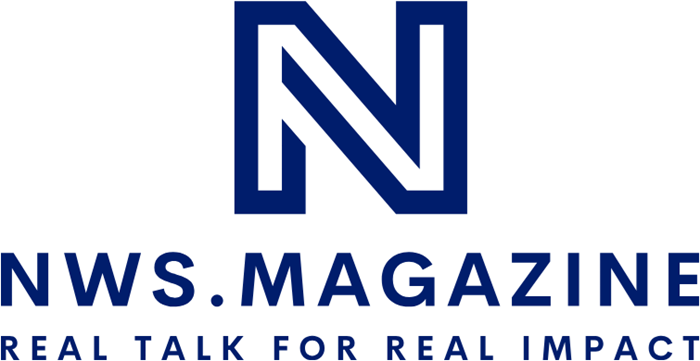Legal platforms are no longer promises on a slide deck – they are becoming the invisible backbone of modern law.
From contract lifecycle management to litigation analytics, Legal Tech started with isolated “best‑of‑breed” tools. But 2025 marks a tipping point: vendors, venture capital and client demand are converging toward platform plays that bundle capabilities, connect data and standardise interfaces across the legal value chain.
What cloud did for enterprise IT, platforms are now doing for legal service delivery.
This article maps the emerging platform landscape, explains the forces behind it, and offers a strategic outlook for law firms, in‑house teams and technology providers alike.
Why Point Solutions Hit a Ceiling
The early tool wave solved single problems – e‑signature, document automation, e‑discovery. Yet each new tool created another login, data silo and procurement cycle. Firms realised that productivity gains flatten when integration costs outpace feature benefits.
- ✓ Data trapped in PDFs undermines analytics ambitions
- ✓ Duplicate matter IDs across systems inflate admin work
- ✓ Security reviews repeat for every standalone vendor
Platforms promise network effects where tools delivered only linear returns.
A Taxonomy of Legal Platforms
Not every “platform” is the same. Below is a pragmatic map of the five dominant archetypes, their core value propositions and representative players.
| Archetype | Primary Focus | Typical Vendors (2025) |
|---|---|---|
| Workflow Backbone | End‑to‑end matter & task orchestration with extensible apps | Clio, Litera Advisa, BRYTER |
| Data / Analytics Hub | Aggregates structured legal data for insights & prediction | LEXIS+ AI, Thomson Reuters CoCounsel |
| Marketplace / App Store | One‑stop shop for vetted niche tools with single billing & SSO | Reynen Court, Thomson Reuters Marketplace |
| API Aggregator | Unified programmatic access to statutes, caselaw, contracts | vLex API, Fastcase Sandbox |
| Service Exchange | Matches legal demand with freelancers or ALSP capacity | LawFlex, InCloudCounsel, Axiom |
The Strategic Logic Behind the Shift
Platforms thrive on three reinforcing loops:
- Density of supply: More apps or service providers attract more customers.
- Data liquidity: Shared schemas lower friction and unlock AI training benefits.
- Switching costs: Integrated workflows make abandonment expensive.
For vendors, the prize is stickier revenue. For law firms, the reward is composable capability – the ability to swap or layer functionality without re‑architecting everything from scratch.
“The next decade of legal innovation won’t be tool‑led, it will be platform‑orchestrated.”
Implications for Law Firms
- Portfolio audit: Map existing tools against platform coverage to spot overlaps.
- Interface mindset: Prioritise vendors with open APIs and event streams.
- Data governance 2.0: Treat contracts and matter data as reusable assets.
- Co‑innovation programmes: Join vendor sandboxes for early‑access features.
- Talent realignment: Blend legal engineers and data stewards into matters.
Outlook to 2027–2030
Industry analysts expect consolidation – fewer, broader platforms anchoring specialised micro‑apps. AI copilots will move from novelty to native feature, riding on shared data layers. The long‑game question: who owns the orchestration layer – law firms, vendors or clients themselves?
The firms that position themselves as platform orchestrators – not merely users – will set the new standards of legal service quality and speed.
Legal success in the platform era will be measured less by headcount and more by ecosystem leverage.
